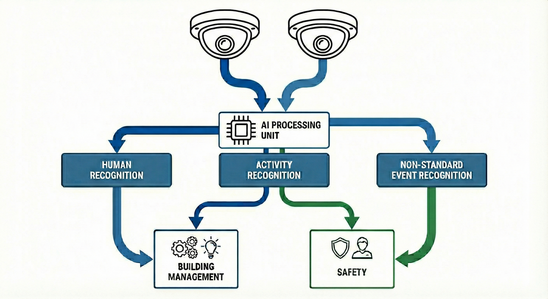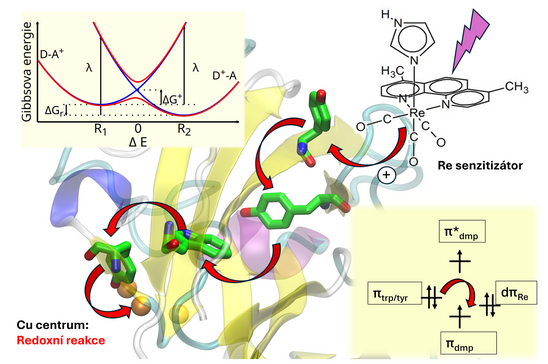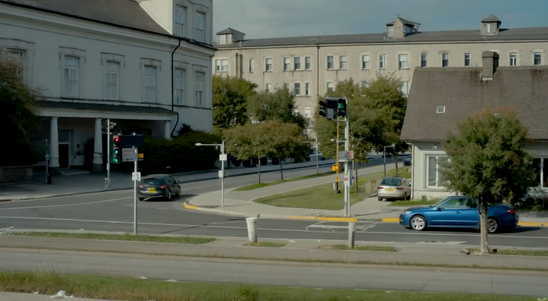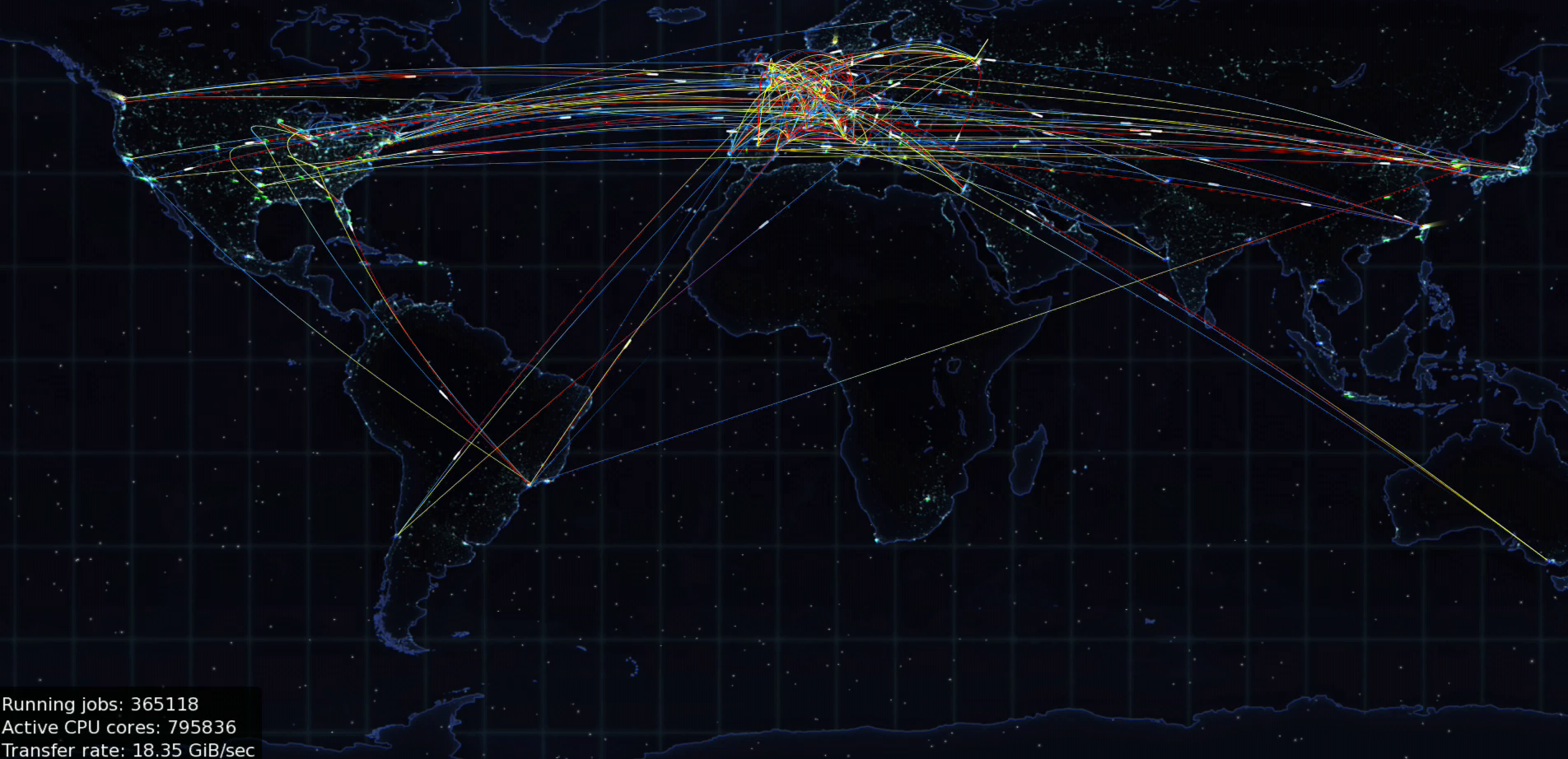We mediate efficient utilisation of our leading national supercomputing infrastructure in order to increase the competitiveness and innovation of Czech science and industry. IT4Innovations primarily provides computational resources to researchers and academics from the Czech Republic within Open Access Grant Competitions. From 2013 to the end of 2023, 2.174 projects in various scientific fields, such as new materials and drug design, physics laws discovery, engineering problems, rendering, and scientific data visualisation, to projects addressing cybersecurity, advanced data analytics, and AI tasks, have received computational resources.
what do our supercomputers solve?
users of our supercomputers
Michael Komm
Institute of Plasma Physics, Czech Academy of Sciences
“The first and only supercomputer I ever visited was at IT4Innovations (IT4I) in Ostrava on the occasion of its commissioning. The IT4I building and the equipment of its data room left me with a very positive impression. Touring the data room in a reduced oxygen atmosphere was a bit of an adrenaline rush.”
Štěpán Sklenák
J. Heyrovský Institute of Physical Chemistry of the Czech Academy of Sciences
“I only started using supercomputers at IT4Innovations in Ostrava. However, in 1999, I saw the decommissioned CRAY supercomputer on display at a conference in Boulder, CO, USA, along with an exhibition about Cray's founder, Mr. Seymour Cray.”
Jiří Klimeš
Charles University in Prague
“I've been performing computations using IT4Innovations (IT4I) supercomputers nearly since their inception, with my very first application for computational resources being submitted in 2015 when the Salomon supercomputer was launched. A large part of our research needs to perform computationally intensive calculations. Without IT4I, the situation would have been much more difficult for me upon my return from abroad.”
Martin Friák
Institute of Physics of Materials of the Czech Academy of Sciences
“It is primarily Karolina and Barbora which help us immensely in our work. However, as we have been loyal and satisfied users of IT4Innovations for many years, we also used Anselm and Salomon when these systems were still in operation.
Karolina is helping us with simulations of quantum computers running in collaboration with the Massachusetts Institute of Technology (MIT) in the USA.”
Jakub Šístek
Institute of Mathematics of the Czech Academy of Sciences
“I have used the IT4I supercomputers rather continuously since the beginning of the centre.
I have done a lot of large-scale computations on Salomon, and together with my colleagues, we are currently heavily using Karolina for our research. We are looking forward to running our computations on LUMI in a few months.”
Martin Zelený
Brno University of Technology
“I have progressively used all supercomputers except NVIDIA DGX-2 in my work. Now, I am using Karolina and LUMI, without which quantum mechanical calculations are impossible. For these calculations, we use the VASP program.”
SELECTED PROJECTS FROM THE 35th OPEN ACCESS GRANT COMPETITION
Design of polysaccharide-binding peptides using molecular simulations and evolutionary algorithms
Call: 35th Open Access Grant Competition, OPEN-35-3
Researcher: Denys Biriukov
Institution: Masaryk University
Field: Biosciences
Denys Biriukov from Masaryk University will use the LUMI supercomputer to design new short peptides capable of recognising and binding polysaccharides on the surfaces of mammalian and bacterial cells. By combining evolutionary algorithms with molecular simulations, he will search for peptide motifs with high affinity for selected saccharide structures, such as hyaluronan or polysaccharides typical of E. coli and S. aureus. The results may contribute to the development of more precise biosensors, targeted therapeutics, and new diagnostic tools, thereby supporting progress in biomedicine and biotechnology.
AI-powered building management system using image analysis
Call: 35th Open Access Grant Competition, OPEN-35-15
Researcher: Artem Moroz
Institution: Czech Technical University in Prague
Field: Informatics
Artem Moroz from the Czech Technical University in Prague will use the Karolina supercomputer to develop an intelligent building management system based on image analysis. The system will leverage artificial intelligence and ceiling-mounted cameras to detect people, identify their activities, and recognise critical situations in real time, enabling automated responses. The technology will contribute to safer public spaces, support care for seniors and patients, and improve energy efficiency in smart buildings.
This research is part of the Building management system based on artificial intelligence image analysis project (FW11020202), supported by the Technology Agency of the Czech Republic (TA CR).
Photoenzymes for solar energy utilization and bioenergy
Call: 35th Open Access Grant Competition, OPEN-35-12
Researcher: Filip Šebesta
Institution: Charles University and Czech Academy of Sciences
Field: Material Sciences
Filip Šebesta from Charles University and the Czech Academy of Sciences will use the Karolina supercomputer to research the transformation of copper-containing proteins into photoenzymes. Using various spectroscopic methods and a combination of quantum-mechanical and classical molecular simulations (QM/MM/MD), the activity of enzymes after binding organometallic photosensitisers will be studied. When exposed to light, these photosensitisers initiate electron transfer, enabling detailed investigation of enzymatic reaction mechanisms as well as entirely new processes that do not normally occur in nature.
The research will also focus on the role of the amino acids tryptophan and tyrosine, which can not only protect enzymes but also actively participate in electron transfer and thus in catalysis. The aim of this multi-year project is to develop photoenzymes capable of using solar radiation to oxidise water and organic substances, thereby opening up new possibilities for harnessing solar energy in catalytic processes.
This research is part of the Turning copper proteins into photoenzymes project, supported by the Ministry of Education, Youth and Sports of the Czech Republic (LUAUS25012), and the Energy Conversion and Storage project (CZ.02.01.01/00/22_008/000461), funded by the Johannes Amos Comenius Operational Programme.
ILTIR: Instance-level text-to-image retrieval
Call: 35th Open Access Grant Competition, OPEN-35-7
Researcher: Vladan Stojnić
Institution: Czech Technical University in Prague
Field: Informatics
Imagine trying to find a photo of your childhood stuffed toy monkey in a huge collection of images. Not just any toy monkey, but your orangutan-like one with shaggy reddish-brown fur, big round eyes, a light beige face, velcro on its hands, and a stitched smile. Most image search tools today would simply return generic pictures of toy monkeys. They often miss the specific details that matter most. Vladan Stojnić from the Czech Technical University in Prague received LUMI computational resources to develop a method that can find images based on detailed, object-level descriptions. Instead of searching for broad categories, like “stuffed toy,” the goal of our team is to help computers recognize and retrieve images of specific items that match a unique description. To achieve this, we plan to build on top of recent models that connect images and text and train them with data designed for this task. They’ll also adjust how these models learn, so they better understand the fine details that set one object apart from another.
Synthetic environments for next-gen safety and efficiency in cities
Call: 35th Open Access Grant Competition, OPEN-35-29
Researcher: Petr Strakoš
Institution: IT4Innovations
Field: Informatics
The image shows synthetically generated visual data from a virtual 3D environment designed for the development of AI algorithms in the field of transport.
The IT4Innovations team will use the Karolina, LUMI, and Barbora NG supercomputers to develop intelligent systems for safe transport and efficient energy management in cities and smart buildings. They will focus on object recognition, human activity detection and real-time anomaly identification using artificial intelligence. To train the algorithms, they will also use synthetically generated visual scenarios from 3D environments, enabling them to simulate complex or rare situations that cannot be easily captured in the real world. The outcome will be a new generation of systems capable of responding swiftly and reliably in critical situations. This research is being carried out as part of international cooperation and the InnovAIte project.
Computational support for CERN experiments
Call: 35th Open Access Grant Competition, OPEN-35-22
Researcher: Michal Svatoš
Institution: Czech Academy of Sciences
Field: Physics
Experiments measuring particle collisions in the Large Hadron Collider (LHC) at CERN require enormous computing capacity for data analysis and Monte Carlo simulations. To meet these demands, the Worldwide LHC Computing Grid (WLCG) was established as a distributed computing environment, supported by both pledged resources, and unpledged resources provided by HPC centers, and occasional cloud resources and resources from volunteers via BOINC.
Among the significant contributors of computing capacity are the resources provided by IT4Innovations, including the Czech supercomputers Karolina and Barbora, and the Finnish system LUMI. A team from the Institute of Physics of the Czech Academy of Sciences has already developed an efficient environment for the automatic submission of workloads to IT4Innovations supercomputers. Processor utilisation is optimised using the HyperQueue tool developed by IT4Innovations, ensuring maximum efficiency of the available resources.
The overall aim is to increase the computing capacity for processing LHC experimental data, thereby strengthening the computational resources available to the Czech Republic and supporting advanced analyses and precise measurements in research into the fundamental properties of matter.
Explore the full list of selected projects. →
Computational resources allocated within Open Access Grant Competitions by scientific disciplines [%]






